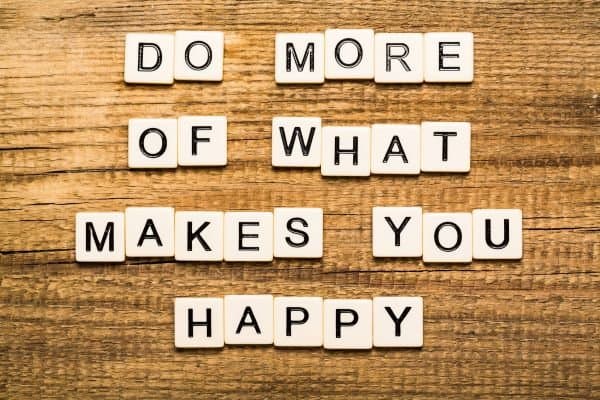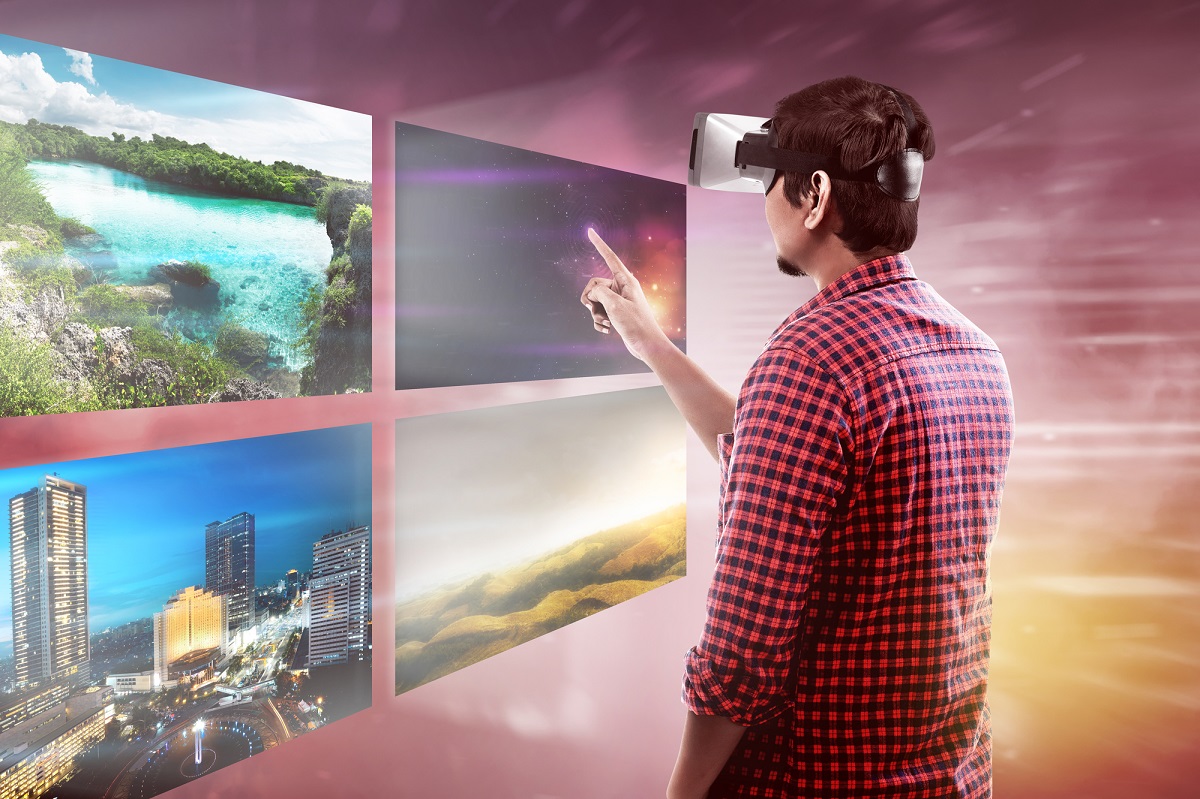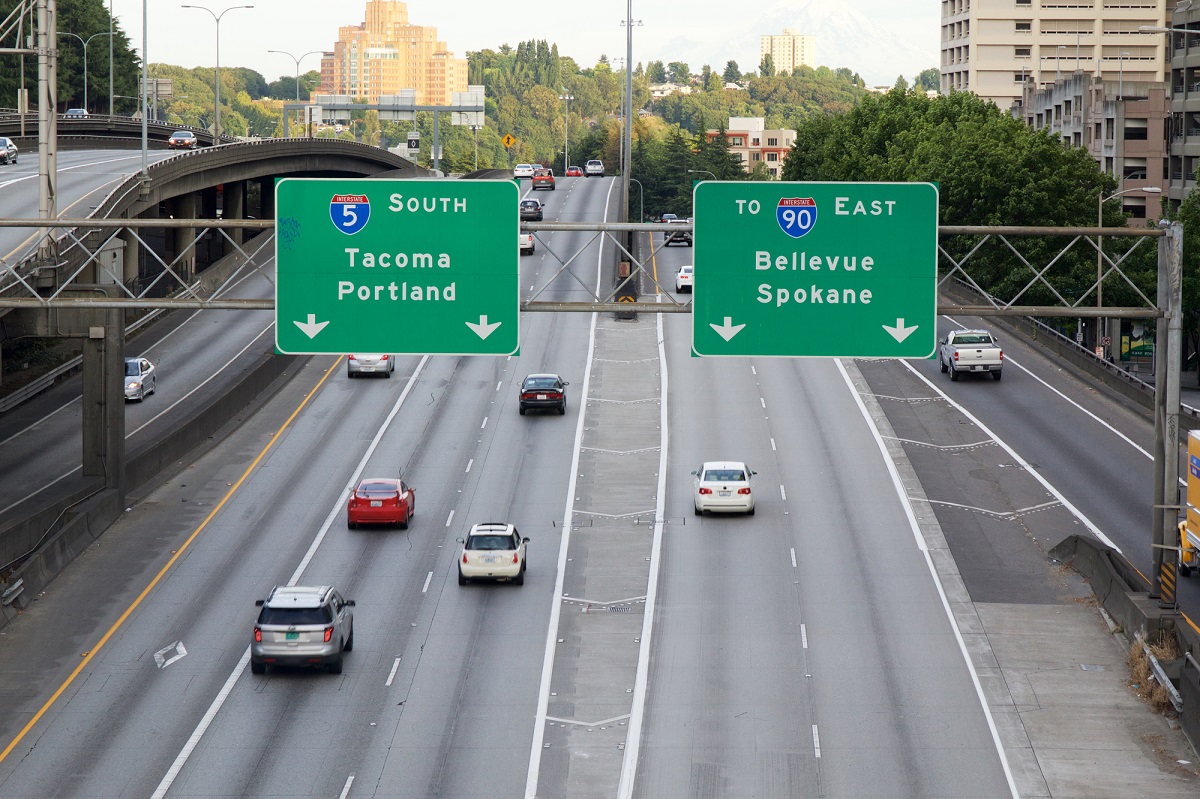Meditation is a great way to relax and reduce stress or “unplug” from the pace and responsibilities of everyday life. The benefits of a regular meditation practice can include many positive changes such as increased focus, creativity, patience, happiness, and overall life balance.
Meditation is a tradition dating back thousands of years that was developed over time by Buddhists and Hindus in China and India. Today there are many different styles and methods of meditation.
The word meditate comes from the Latin word meditatum, which means to ponder. Some styles of meditation examine the conscious mind, while others simply let thoughts pass through without inspection or judgment. However, the core of many meditation practices includes a method to focus the mind and relax the body.
Because meditation was associated with Eastern spiritual practices, meditation was not embraced by Western religions. Yet some Western religious rituals can be considered meditation, such as prayer.
In the U.S. during the counterculture revolution of the 1960s, Transcendental Meditation and Hatha Yoga were embraced as secular practices. More methods of meditation have made their way into mainstream culture. Today, it is adopted by many as a welcome relaxation method.
The following lists provides a brief overview of some popular styles of meditation today and methods by which you can practice these and other forms of meditation.
Love our cheap ideas? Get our FREE email newsletters.
Choose from daily, weekly, and monthly lists:
Styles of meditation
The following descriptions provide a very brief overview of some of the different styles of meditation you might encounter when exploring resources for a meditation practice.
Chakra meditation is a practice where you focus in turn on your core chakras (energy centers) and use imagery to facilitate the flow of energy through each one.
Guided meditation can be any practice that is done with guidance. Guidance can be provided by an instructor in a group (or private) class or facilitated using a video or audio recording. There are many mediation apps available that provide guided meditation.
Mantra meditation is a practice generally based in Hinduism where you use a word or phrase to focus your attention and suppress distractions (including your own thoughts). Some examples of a mantra include: “om”, “love” “gratitude”, “Expect nothing; appreciate everything” or any other word or phrase that supports the meditation.
Mindfulness meditation is a practice generally based in Buddhism where one focuses on breathing and observing one’s thoughts in the moment.
Qigong (“chee gong”)is based in several Chinese traditions and combines breathing and movement to unblock and circulate energy, known as qi, through the body. There are more than 2,000 movements, but they are relatively easy to learn and practice. Some movements can elicit strong meditative energy.
Prayer and spiritual practices can incorporate formal and informal prayers, beads, sacred readings, spiritual examination, silence or gazing, and other faith-based traditions.
Tai chi is a form of qigong based on martial arts. In the practice of tai chi, you perform a series of movements as a set with a strong focus on form, where qigong repeats movements individually. Qigong is easier to learn, but many people find the challenge and complexity of tai chi form more interesting in practice. As a meditation, the tai chi tends to be less intense than qigong.
Transcendental meditation (TM) is a practice generally based in Hinduism made popular from the 1950s-1970s where a verbal mantra is used to focus attention and quiet the mind. TM mantras are chosen for you by a certified instructor.
Walking meditation can be performed like traditional methods using mantras, breathing, or other focusing techniques. There are many styles, including Zen and labyrinth paths. In contrast to a regular walk, a walking meditation will often not go anywhere, rather in a circle or back and forth along a narrow path.
- Labyrinth walks are a special type of walking meditation that have been used since ancient times and can be found in many cultures. A labyrinth is a single, circuitous path to a center point (unlike a maze with multiple paths and dead ends). Labyrinths are described by how many concentric circuits or paths they contain. Two of most common designs are the Chartres 11-circuit and the Classic-7. Labyrinths can measure from a few inches to hundreds of feet wide. The turns of the labyrinth are thought to balance both sides of the brain. The three stages to a labyrinth walk are releasing on the way in, receiving in the center, and returning the way you came. As with other forms of mediation, use the labyrinth walk in any way that is helpful to you, for contemplation, stress reduction, spiritual development, or simply to enjoy the day. There is no right way or wrong way to walk a labyrinth.
Yoga is a practice generally based in Buddhism and Hinduism. Yoga has many variations and not all methods actively use meditation. However, the underlying goal of yoga is focus and concentration, both elements of meditation. Here are some of the more popular forms of yoga:
- Ashtanga yoga uses prescribed sequences of postures performed as a unit. One of the most well-known sequences is the Sun Salutation.
- Hatha yoga focuses on posture and breathing and is often recommended to beginners.
- Hot yoga is performed in a hot, humid room. There are many forms, such as Bikram Yoga and Hot Vinyasa. If you have any health concerns at all, seek the advice or your healthcare provider before practicing this type of yoga.
- Iyengar yoga focuses on posture, breathing, movement, and long poses assisted with props. It’s a good choice if you are injured or injury-prone.
- Vinyasa yoga performs movement in a series like Ashtanga, but also coordinates breathing to the movements. It is considered one of the more advanced forms of yoga.
Zen meditation is a practice generally based in Buddhism and has many forms and traditions.
Methods of Practicing Meditation
Apps and other digital resources
Meditation apps. The following meditation apps get high ratings from users. All offer free versions with several different types of sessions and without requiring a credit card to sign up. All also offer a paid subscription if you find it effective and want more choices. Download these free meditation apps from iTunes for iOS or Google Play for Android smartphones. Some, but not all, have versions for desktop and laptop computers.
- Headspace
- InsightTimer
- Meditation & Relaxation: Guided Meditation
- Stop, Breathe & Think
Meditation podcast. The Meditation Podcast offers free recordings designed to help you overcome challenges ranging from chronic pain to depression to insomnia. These meditation podcasts are unique because they use tones in the audio that affect the brain waves. These tones, called binaural beats, slow the brainwaves, along with music and guided imagery, to produce a deep feeling of peaceful relaxation. The effect is like yoga or a very restful sleep. Listen to a Free Basic Meditation Podcast on Patreon or subscribe to get access to more episodes. Find a few more free episodes on iTunes at The Meditation Podcast on iTunes.
Monkey Mind Meditation. The “monkey mind” refers to a restless mind that blocks your ability to be productive and complete tasks or be creative. One of the simplest ways to counteract an overactive mind is the following simple meditation technique that can be practiced anywhere for any length of time. Watch a video about the “Monkey Mind” technique on YouTube:
Walking labyrinths
Labyrinths have been used for thousands of years for various rituals and ceremonies, as well as a walking meditation. Check our list of labyrinths in Washington State.
World Labyrinth Day is celebrated the first Saturday in May. Join thousands of people (virtually) worldwide by ‘Walking as One at 1’ in the afternoon. But a walking meditation can be enjoyed anytime for contemplation or simple pleasure.
But wait, there’s more!
- Find more meditation resources, visit our Meditation page.
- You might also like our our Fitness & Exercise page.
- Still more ideas for frugal fun: Greater Seattle on the Cheap home page.
Event calendar of free and affordable things to do
Listed below are all types of free and affordable things to do in the next 30 days.
Featured Events are listed first each day, highlighted by a photo. These are unique, popular, or annual events that we or our advertisers don’t want you to overlook.
Find more events and ideas for affordable living at Greater Seattle on the Cheap – Free things to do, cheap fun, discounts and deals in the Seattle-Tacoma metro area








